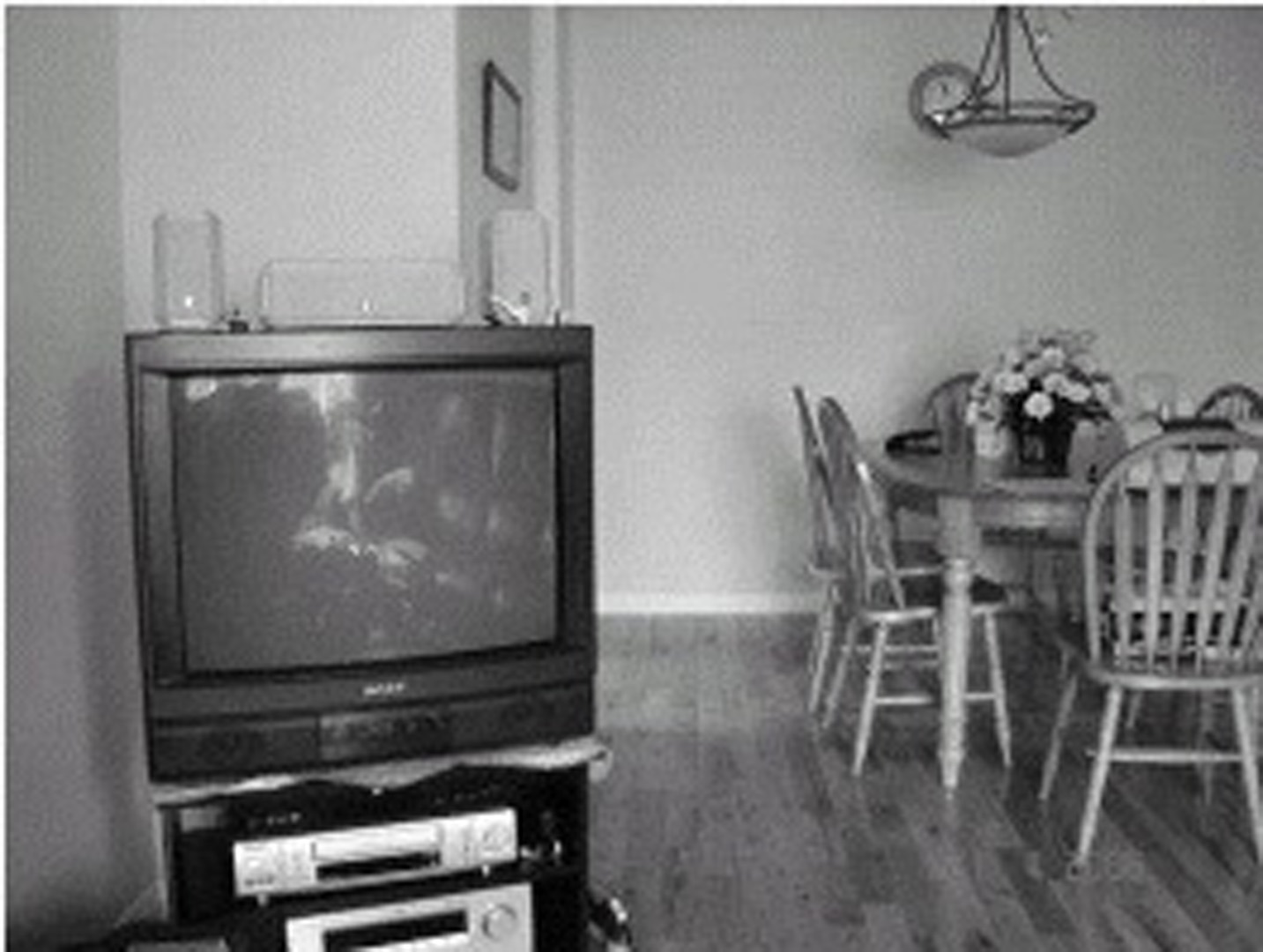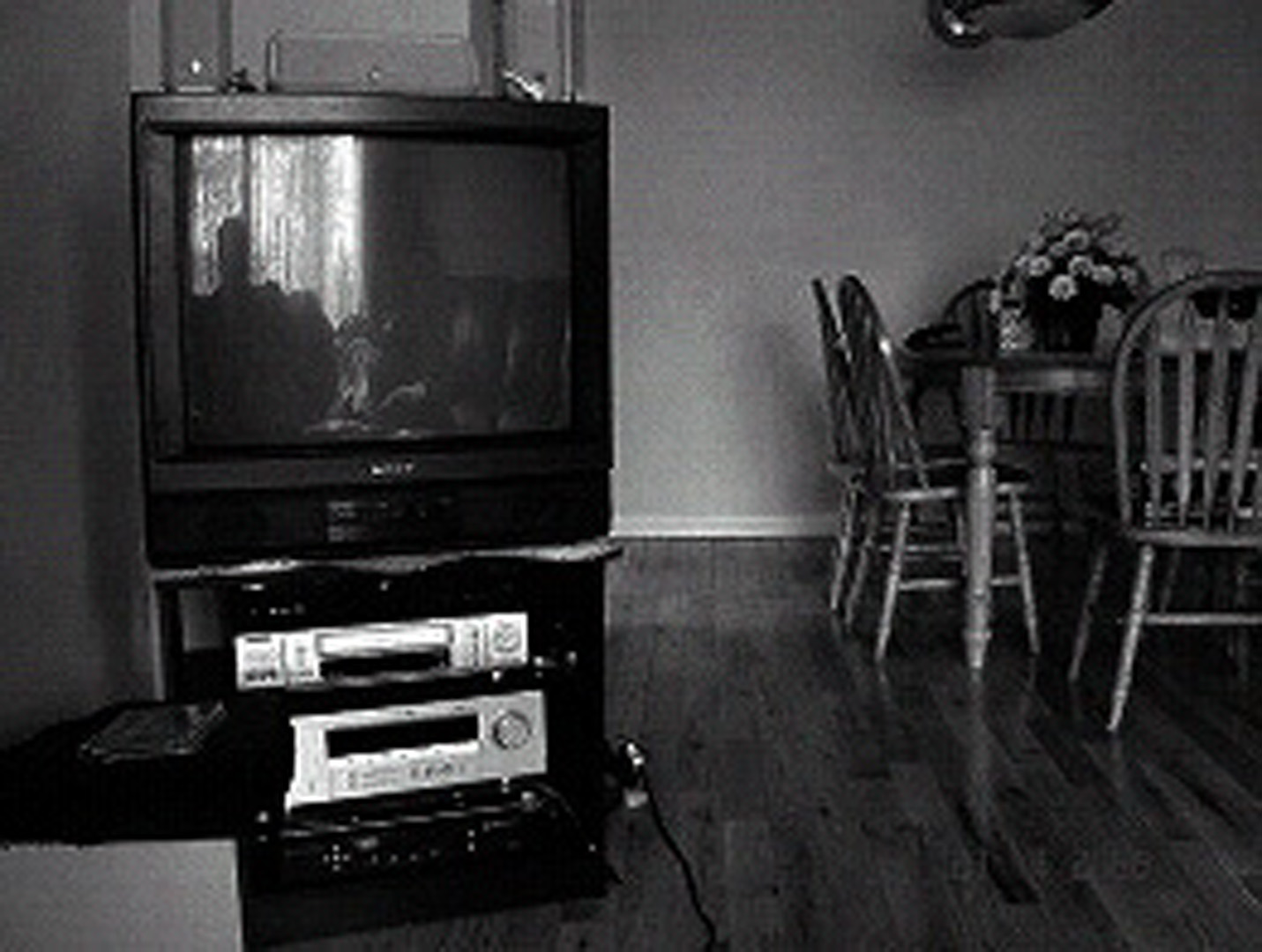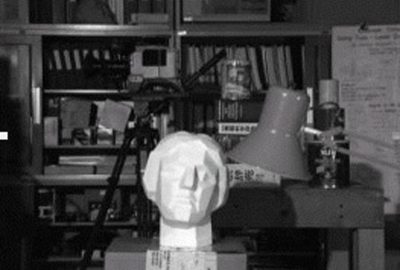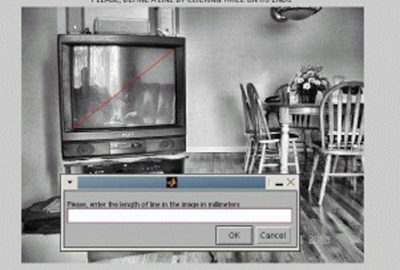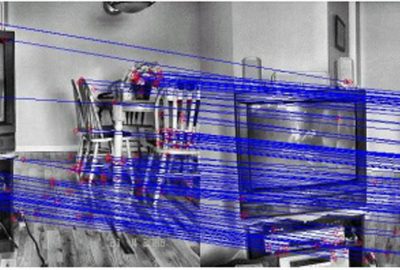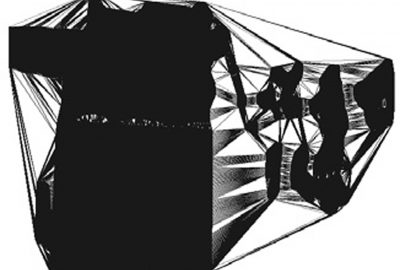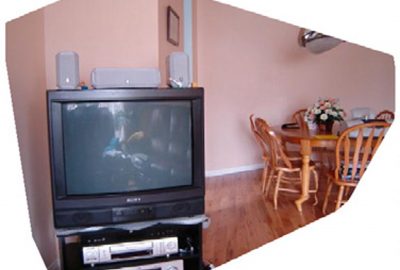“Morphological segmentation and delaunay triangulation for mesh from stereo” by Potapovich, Cheng and Basu
Conference:
Type(s):
Title:
- Morphological segmentation and delaunay triangulation for mesh from stereo
Presenter(s)/Author(s):
Abstract:
The goal of this project is to make improvements to depth maps resulting from a feature-based matching algorithm such as SIFT (Scale-Invariant Feature Transform) [Low04] to create a denser depth map that can be used in graphics. Our main contribution is the use of morphological segmentation of stereo images together with the computed keypoint depth map to build denser depth maps. Delaunay triangulation was computed from the denser depth maps, and results before and after mapping scene texture are shown. The word “stereo” originates from Greek “stereos” meaning solid. Humans are able to perceive depth from two-dimensional (i.e., flat or “solid”) projections of the real world scene on to the human retina. People use stereovision everywhere and are dependant on the depth information extracted from retinal images. It would be very difficult, for example, to park a car, to play baseball or even shake hands with another person without some sense of distance to objects. Humans either use their two eyes, or one eye in motion (“cyclopean vision”) which is equivalent to taking several successive images. The extraction of 3D data by humans is performed quickly and accurately, and this ability is developed at approximately 3.5 months of age [Gol99].
References:
1. {DA89} U. R. Dhond and J. K. Aggarwal, “Structure from stereo: A review,” IEEE Transaction on SMC, 1489–1510, November 1989.
2. {Gol99} E. B. Goldstein, “Sensation and Perception,” Brooks-Cole, fifth edition, 1999.
3. {KRS96} A. Koschan, V. Rodehorst, and K. Spiller, “Color stereo vision using hierarchical block matching and active color illumination,” ICPR’96, 835–839.
4. {Low04} D. Lowe, “Distinctive image features from scale- invariant keypoints,” International Journal of Computer Vision, 91–110, 2004.
5. {MB94} D. Murray and A. Basu, “Motion Tracking with Active Camera,” IEEE PAMI’94, Vol16, No.5.
Additional Images:
- 2006 Poster: Potapovich_Morphological Segmentation and Delaunay Triangulation for Mesh from Stereo1
- 2006 Poster: Potapovich_Morphological Segmentation and Delaunay Triangulation for Mesh from Stereo1
- 2006 Poster: Potapovich_Morphological Segmentation and Delaunay Triangulation for Mesh from Stereo1
- 2006 Poster: Potapovich_Morphological Segmentation and Delaunay Triangulation for Mesh from Stereo1
- 2006 Poster: Potapovich_Morphological Segmentation and Delaunay Triangulation for Mesh from Stereo1
- 2006 Poster: Potapovich_Morphological Segmentation and Delaunay Triangulation for Mesh from Stereo1

